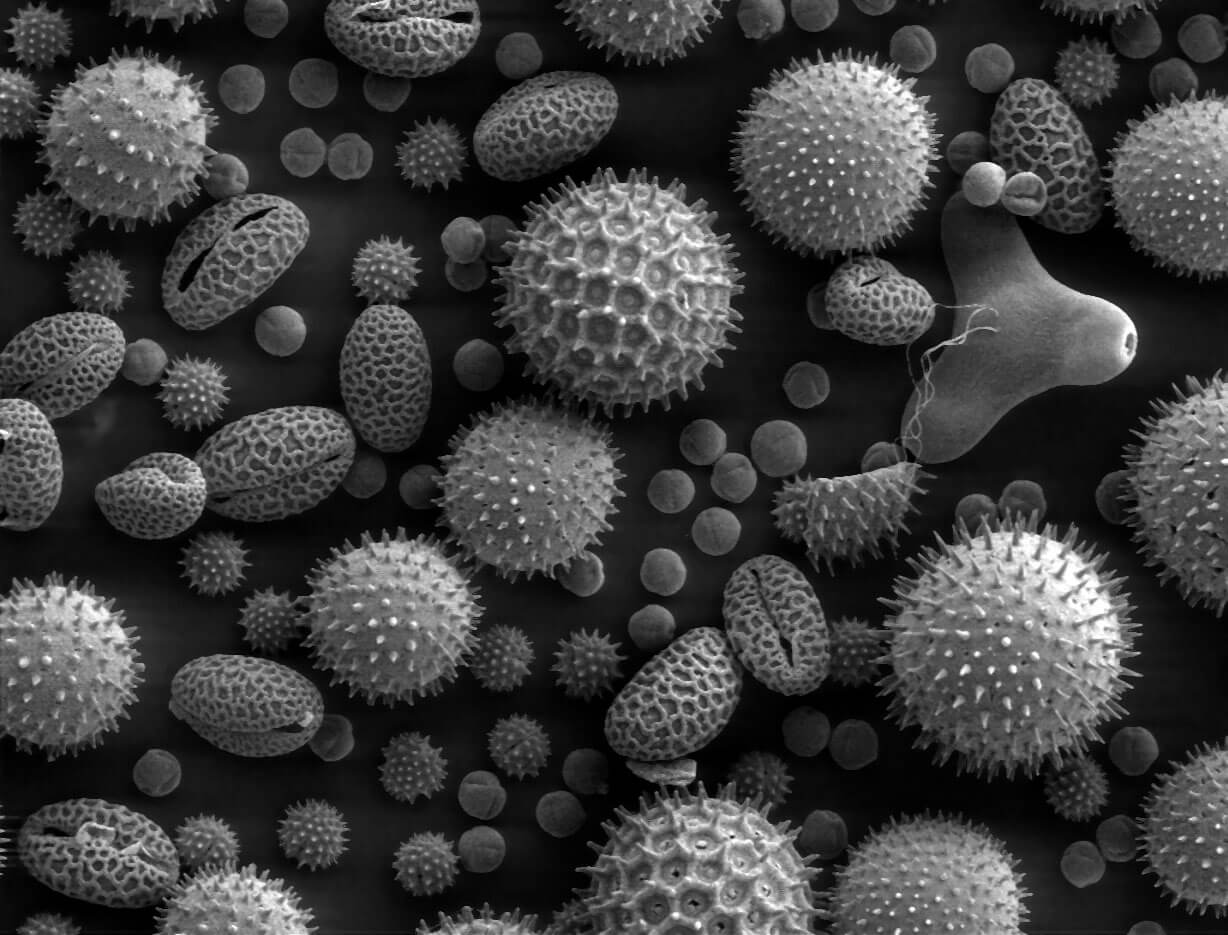
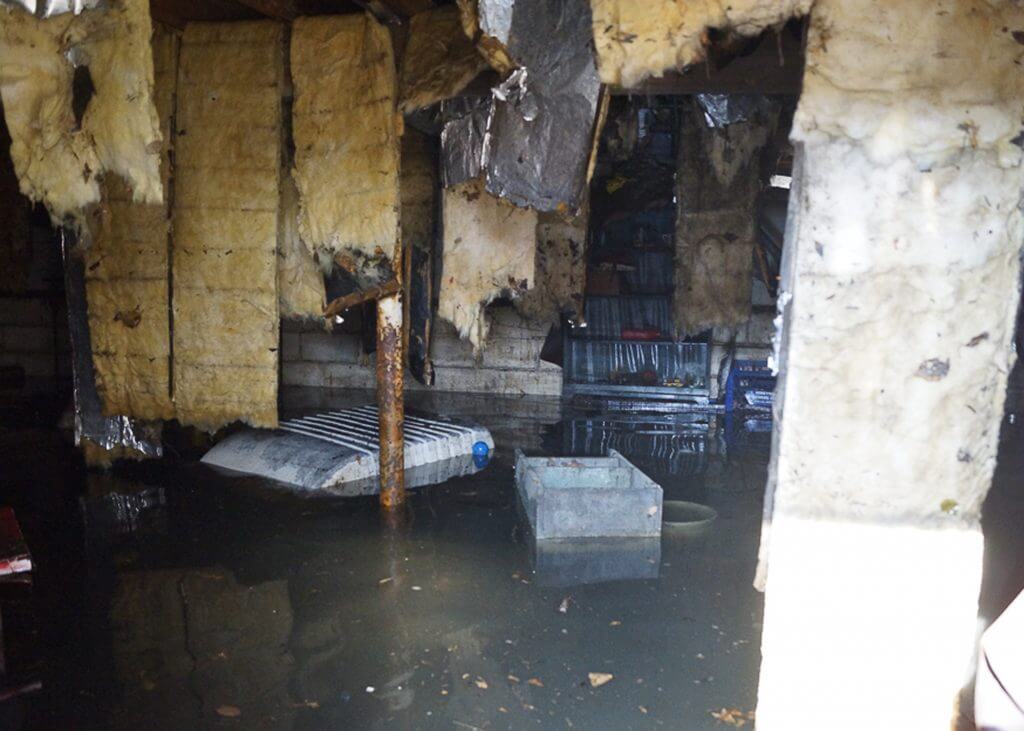

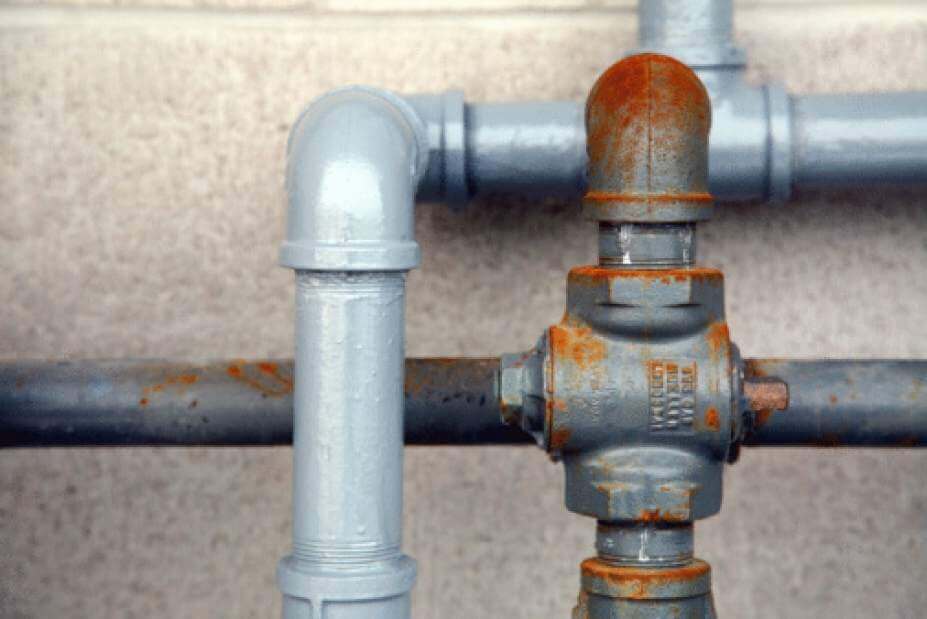
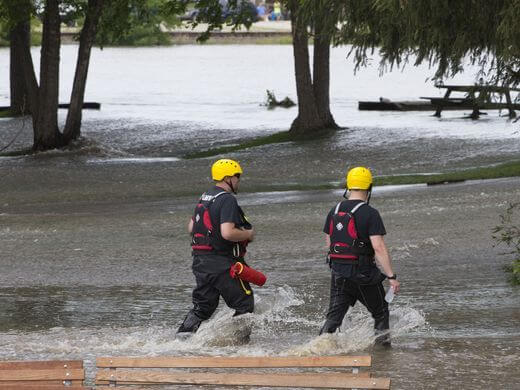
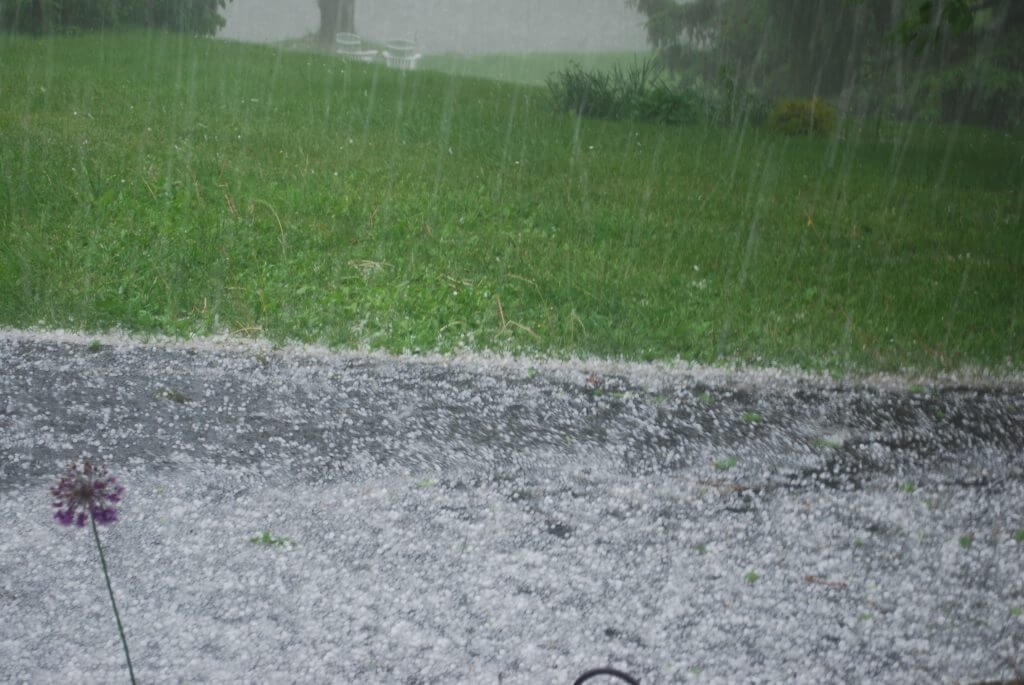
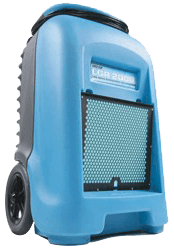
That which is clean at the releasing source and does not pose a hazard if consumed by humans. Category 1 water could become progressively contaminated if it mixes with soils on or within floor coverings or building assemblies (walls, decking, and sub-flooring). Time and temperature, which promote the growth and amplification of microorganisms in water, can cause Category 1 water to degrade. Some examples of where this water could come from are: burst water pipes, failed supply lines on appliances, vertically falling rainwater.
That which begins with some degree of contamination and has the potential of causing sickness or discomfort if consumed by humans. As with Category 1 water, time and temperature could cause Category 2 water to become increasingly more contaminated.
That which is highly contaminated and could cause death or serious illness if consumed by humans. Some examples include: sewage, rising flood water from rivers and streams, ground surface water flowing horizontally into homes. There are two ways in which water enters a building as a result of wind storm damage: The first involves falling or windblown rainwater that enters as a result of damage to roof components or wall assemblies. The second involves horizontally traveling ground surface water (Category 3) containing silt and soil contaminants that infiltrate into structures, generally through doors or around foundation walls. This ground surface water (storm surge) may accumulate to a depth of several inches or several feet. When structures are partially submerged or remain substantially flooded for weeks, far more elaborate procedures usually are required.Most household microorganisms (i.e. fungi and bacteria) typically require five conditions for germination, growth, amplification and dissemination. Generally, they include:
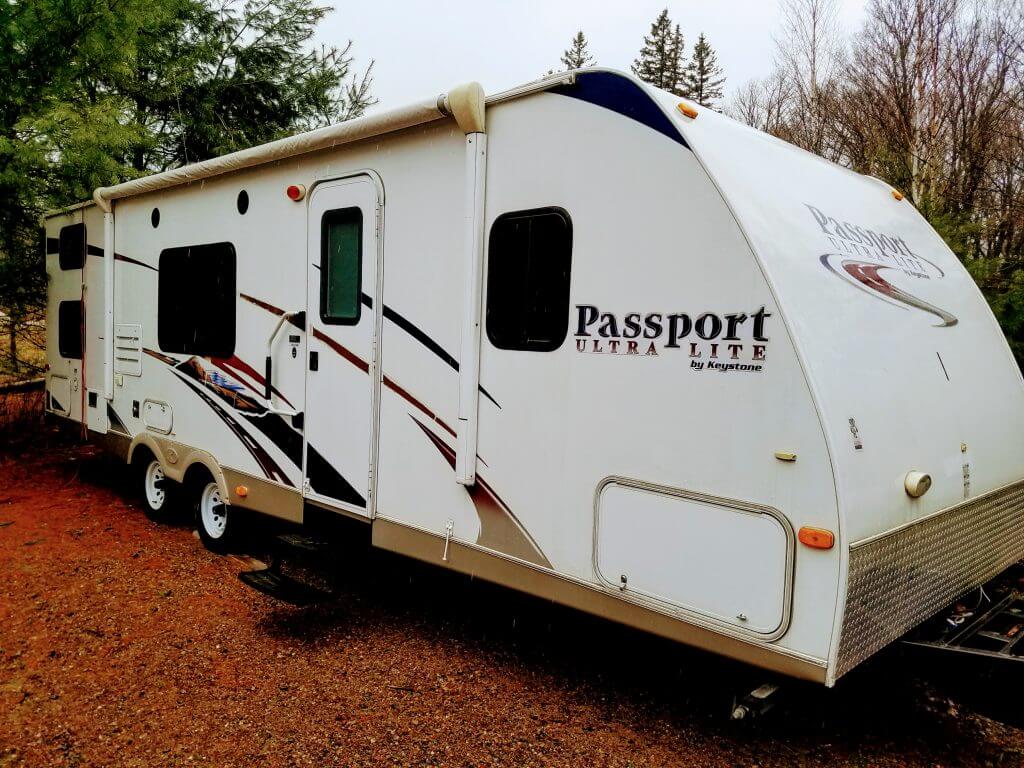
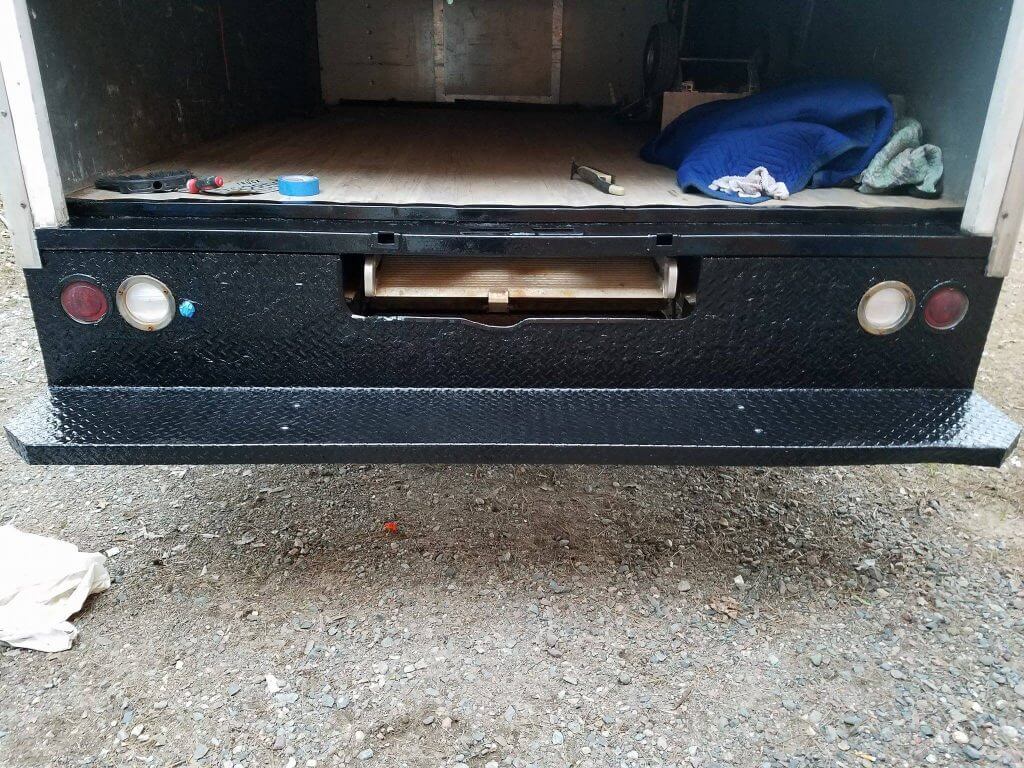
Tomahawk, Rhinelander, Minocqua, Merrill, Wausau, Lake Tomahawk, Woodruff, Lac Du Flambeau, Eagle River, St. Germain, Hazelhurst, Antigo, Elcho, Park Falls, Rib Lake, Phelps, Phillips, Crandon, Prentice, Mercer, and Land O' Lakes.